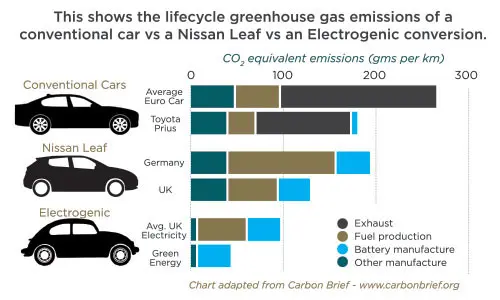July 13, 2022
Using Electric Vehicles as a Climate Change Mitigation Strategy
Electric vehicles (EVs) are crucial to achieving the world’s climate change goals. They play a significant role in climate change mitigation strategies. In fact, pure electric vehicles emit zero carbon dioxide while driving because they have no tailpipe. Therefore, by replacing electric cars with conventional cars, the amount of carbon dioxide emission can be decreased, which has the highest contribution to GHG emissions and climate change.
EVs also have a significant role in improving the air quality in urban areas due to a reduction in carbon dioxide emissions. Additionally, EVs reduce noise pollution, particularly in low-speed cities. EVs contribute to a more serene atmosphere because they are much quieter.

While EVs emit no carbon dioxide when they are driven, battery manufacturing can cause emissions. In fact, the battery production process is where the majority of emissions are generated. However, studies indicate that even by considering the manufacturing processes, driving a EV emits between 17 and 30% less carbon dioxide than a conventional car.
The statistics indicate that sales of EVs increased dramatically by about 83 percent in 2020. In 2021, despite the significant increase, only 3 percent of all new sold cars were EVs. And it is predicted that of the sales of EVs will increase to 5 percent by the end of 2022. It is actually good to know that the number of people who care about the environment is increasing.